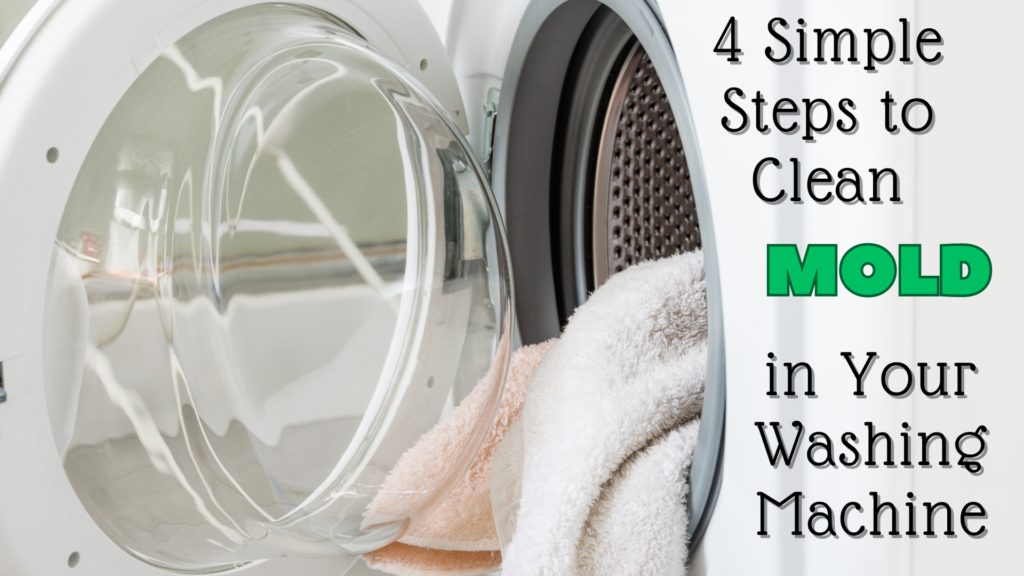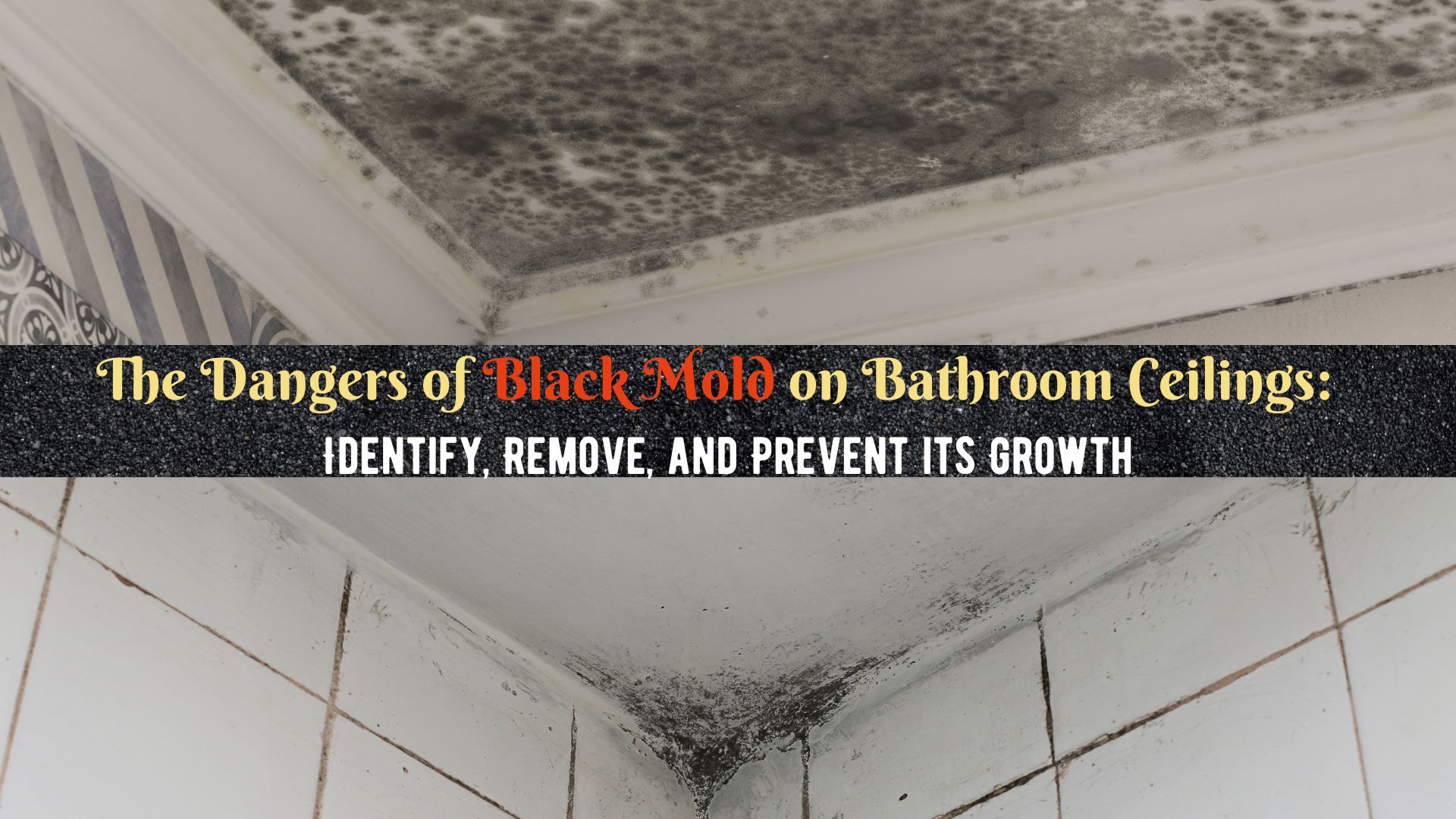Mold in Washing Machine – Indeed an Unwanted Organism
A laundry washer is one of the essential household appliances in our home. We use it regularly to clean and sanitize our clothes, bedding, curtains, and other fabrics. But it is also a significant source of mold contamination.
Front-loading washers are efficient and eco-friendly, making them more favorable in many laundry rooms than top-loading washers. However, front-loaders are susceptible to mold growth. The waterproof style that hampers leakage from a front-loading washing machine keeps the remaining moisture inside the unit. Thus, providing a suitable environment for mold and mildew development.
Owners don’t usually notice the actual germination of mold. The first indication of mold problems in their washing machines is a musty smell.
How Mold Generates in Your Washing Machine
Your washing machine’s door seal with rubber gaskets traps dampness inside and creates a nice place to accommodate unwanted mold. Top-loading washing machines do not shut tightly so the air can circulate well, inhibiting the buildup of moisture and mold development.
Laundry-detergent and fabric-conditioner residues become food sources for mold spores. It is incorrect to think that cold-water washes kill mold. The good news is, with consistent maintenance, you can protect your washing machine from mold infiltration.
Follow our Tried-and-True Steps to Clean Mold in Washing Machine
You can use a commercial mold-and-mildew cleaner to clean mold from your washer. But if you want to formulate your mold-removal solution, consider checking the following options below:
- Combine two cups of water, 1/4 cup of lemon juice, and 1/2 cup of hydrogen peroxide. Lemon juice and hydrogen peroxide are powerful cleaners that eliminate mold and stop its growth.
- Mix 1/4 cup lemon juice and 1/2 cup distilled white vinegar with two cups of water.
White vinegar is an overall cleaner. So you can use it if you do not have hydrogen peroxide.
- Combine four parts water and 1 part vinegar. Usually, vinegar and water work if the mold colonies in your washer’s rubber gasket are small or scanty in amount.
- Mix four parts of water with 1 part bleach. You can use bleach if the above-mentioned natural solutions do not do the trick.
How To Get Rid of Mold in Washing Machine
Step #1: Protect yourself by wearing safety equipment like rubber gloves, goggles, and a dust mask.
Step #2: Clean the rubber gasket on your washer door using your preferred cleaning solution. Pour some into a spray bottle, and drizzle the mixture directly onto the mold. Then allow the solution to sit for a couple of minutes before wiping it away with a cloth or towel.
Ensure to clean the entire gasket, including underneath it.
Step #3: Detach the dispensers and thoroughly clean them to remove all remaining residues that can serve as the mold’s food sources.
Step #4: Run a cleaning cycle on the hottest, longest setting on your washing machine. Add your selected mold-removal agent (a cup of baking soda, one cup of bleach, or 1/2 cup of enzymatic detergent) directly to the water. This process will eliminate any mold odors and traces from your washer drum and hoses.
You may have to redo the steps mentioned above more than once if your washing machine hasn’t been cleaned for a long time. If a musty odor persists even after several cleanings, you may need to contact your washer’s manufacturer (if your machine is still under warranty) or a mold removal specialist. A professional can inspect and diagnose your laundry washer and fix the mold issue for you.
Mold in Washing Machine: 7 Prevention Tips
Perform the following preventive measures once your loading washer is free from mold and mildew:
1. Allow the air to circulate.
Leave the lid open after each cycle to let the air roam around inside the machine. Doing so inhibits the buildup of moisture in your unit. If you have pets or little kids, make sure they don’t climb inside to avoid getting trapped.
2. Take out your wet clothes right away.
If you throw a load of laundry in, ensure to take them out as soon as the timer goes off. It does not only hinder moisture buildup and mold growth, but it also keeps your clothes and other fabrics from mold contamination.
3. Pick suitable detergent products and the right amounts.
Liquid detergent can leave some residues in your loading washer. So use high-efficiency (HE) laundry detergent instead because it doesn’t make as many suds as regular detergent products. Powder detergent is highly suggested. Follow the recommended amount for your load sizes.
4. Avoid using liquid fabric softener.
Like liquid detergent, the fabric conditioner leaves some residues in the washer, which may lead to mold growth. You can use dryer sheets or reusable dryer balls to soften your clothes.
5. Dry your damp gaskets regularly.
Wipe around the lid, rubber gaskets, door, drum, and dispensers using a clean towel or cloth. Do it after every load to prevent moisture accumulation that invites mold to stay.
6. Run a bleach or white vinegar cycle.
Run a hot water cycle with a cup of white vinegar or bleach in your washer once a month. This process will eliminate any growth that may have begun.
7. Use a dehumidifier.
If the laundry room where you keep your washer is highly humid, consider placing a dehumidifier there.
Seek Help from Superior Restoration
Mold infestation in your home is irritating, especially if you find it in your loading washer. If the task is too much for you to handle, do not hesitate to seek assistance from our team of trained professionals at Superior Restoration.
We know that mold is stubborn and can grow where moisture and organic materials are. So we use powerful but safe products to get rid of them and fix damaged surfaces.
We are available to serve you in emergencies 24/7. For inquiries about our water damage and mold remediation services, feel free to call us today!





